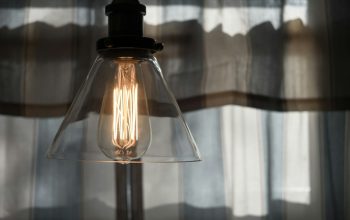
A cryptic crossword is a puzzle in which some or all of the answers are obscured by letters that are either hidden in the grid, or in the case of American-style crosswords (also known as quick, or straight, crosswords), in the clue itself. The clues are usually simple definitions, but sometimes they are homonyms, or even anagrams of the answer itself. Some clues are so cryptic that they have to be solved by looking for patterns, such as a repeated letter, or a word that has been jumbled or otherwise altered to give the desired meaning.
The most common cryptic clues include letters hidden in the answer, or anagrams of the answer itself. In the latter case, the compiler often provides some hints that the word is anagrammatic; for example, the clue “Ned T.’s seal cooked is rather bland (5,4)” might lead to the answer NEEDS SALT.
Other cryptic clues may contain abbreviations or puns, and some include references to the history of language. Roman numerals, and arithmetic using them, are often used, such as the clue “IV times III” (4×3) yielding XII (12). Partial answers are also permitted in cryptic crosswords; for instance, “Nice summer?” might lead to the grid entry ETE (which could be understood as Nice, the city in France, or simply a pleasant summer).
Clues may use puns to hide the word they refer to, but there are also tricks that make the words less obvious. For example, in the puzzle “Torquemada performs a miniaturised Metamorphoses” (OVID), “in shape nothing more than a poet” is hidden in the clue OVID, which can only be read correctly when preceded by the word “over”.
A number of different types of crosswords exist, and each has its own rules and style. For instance, some require a certain number of black squares to be filled in, while others have no limit on their use of black squares. Typically, a cryptic crossword has 13 rows and columns of squares, totalling 81-130 cells. It is possible to fill in all cells except for those marked as black, but this can be difficult, and the solver must use checkers or other methods to determine whether a cell has a correct answer.
The Times publishes a variety of crosswords, written by a wide range of contributors. Its puzzles have become notorious for their difficulty, and they often feature a large amount of vocabulary, including specialized terms from fields such as medicine and science. The newspaper has a full specification sheet listing the requirements for submissions, which can be found online or by writing to the paper. Will Shortz does not write the majority of the Times puzzles himself; he has described the process of working with the puzzle editors as “a lot of back and forth and very little compromise.”



